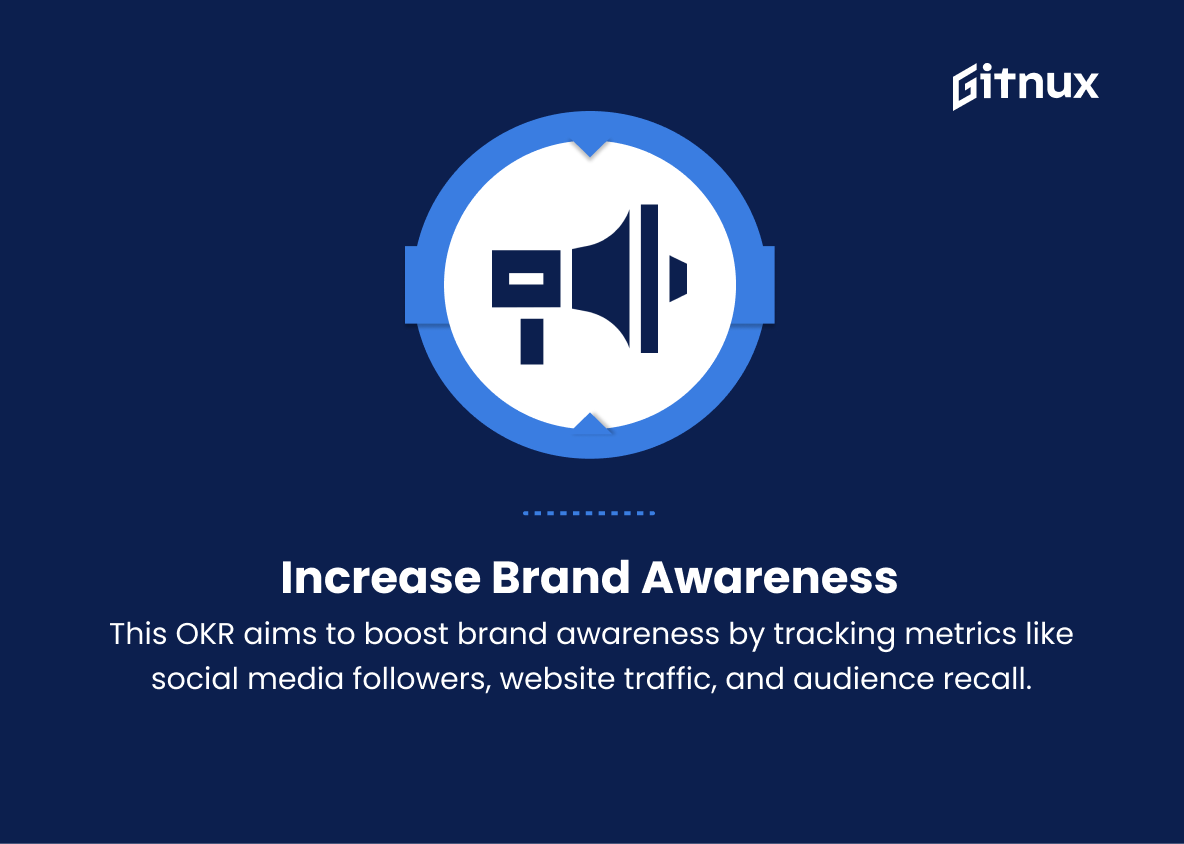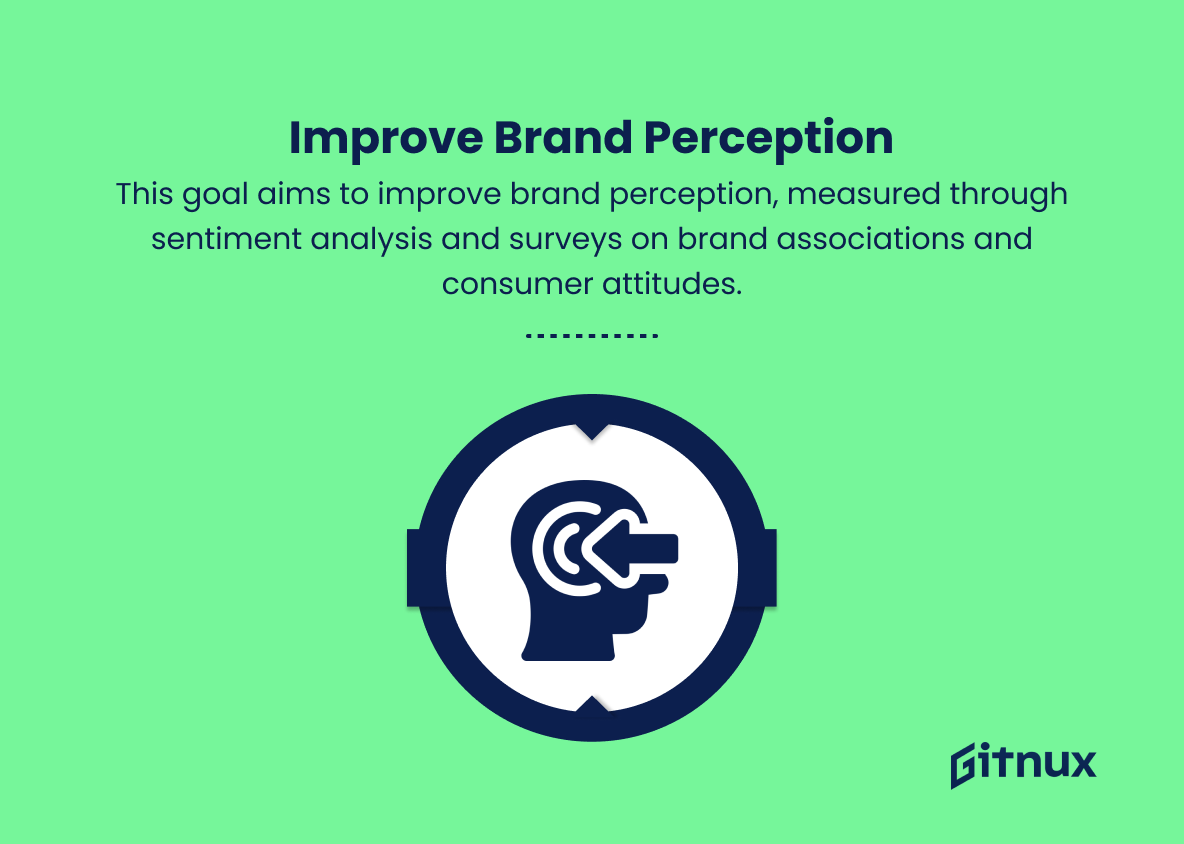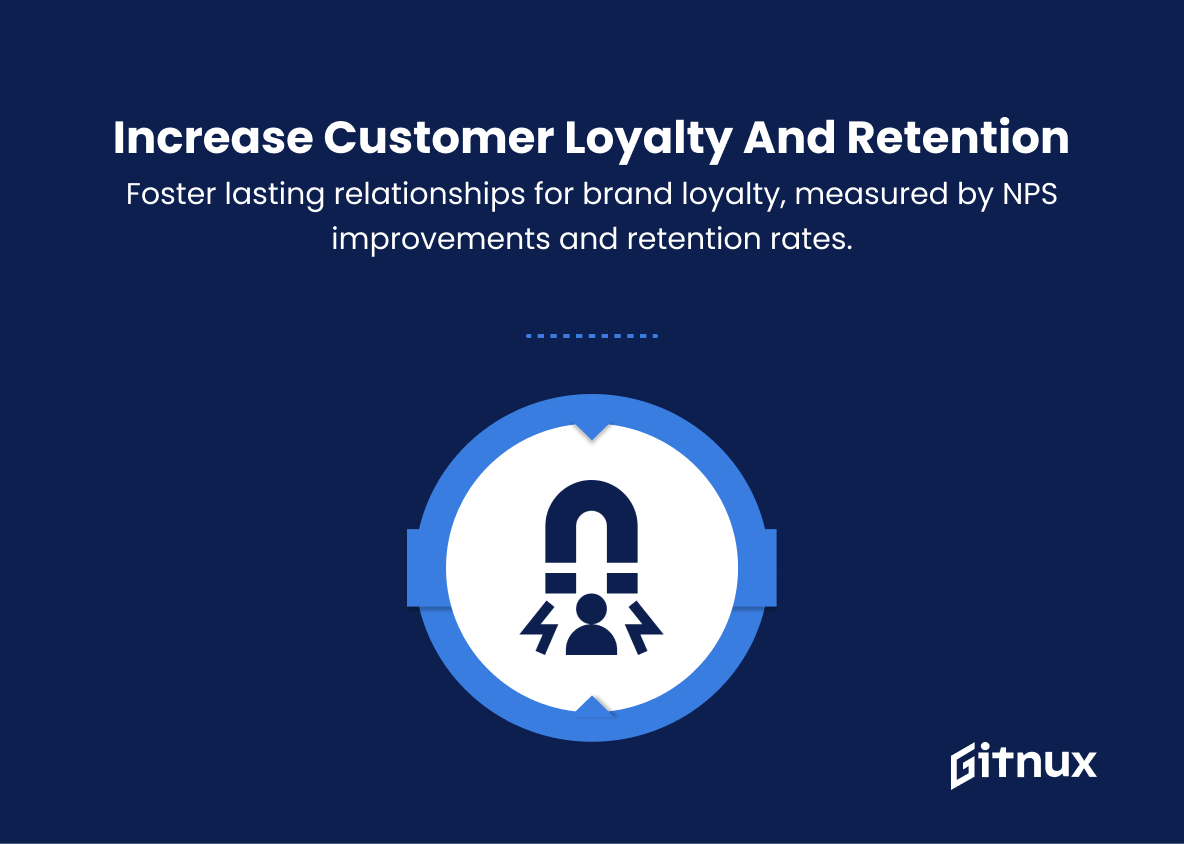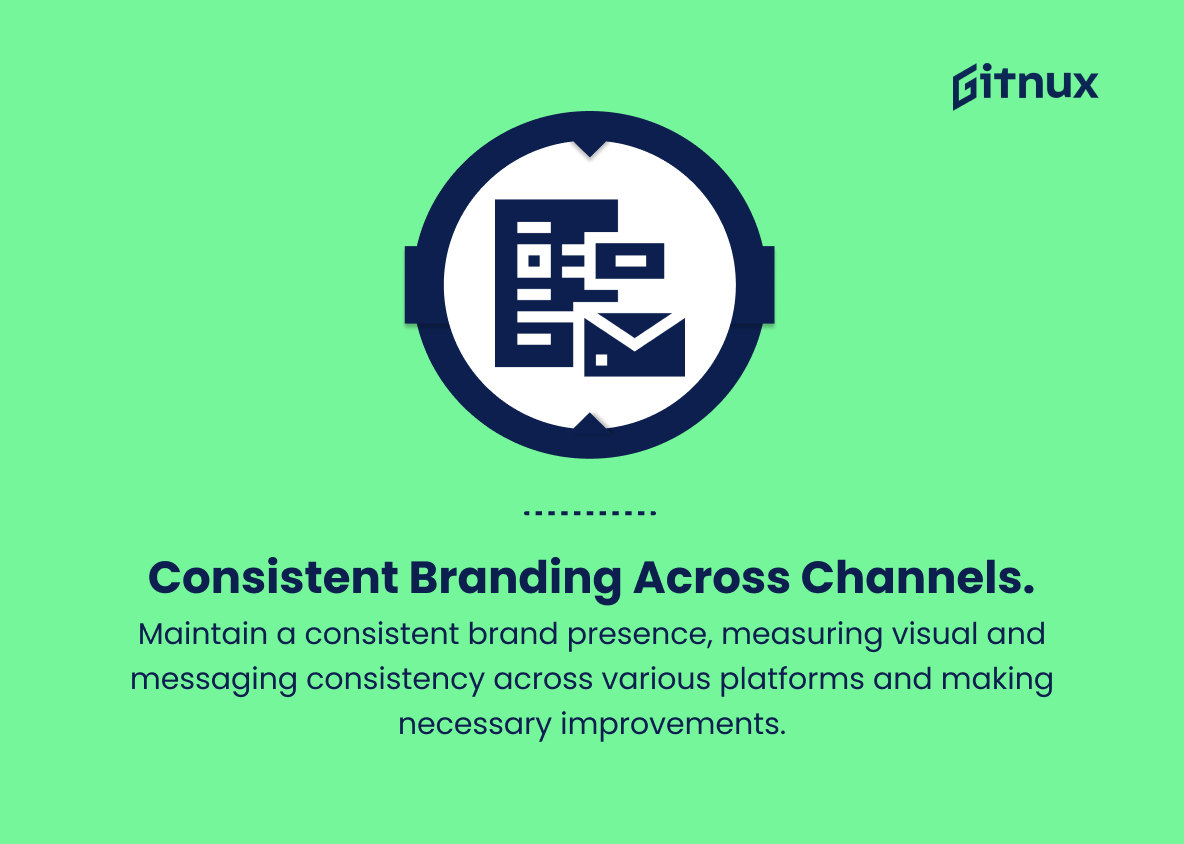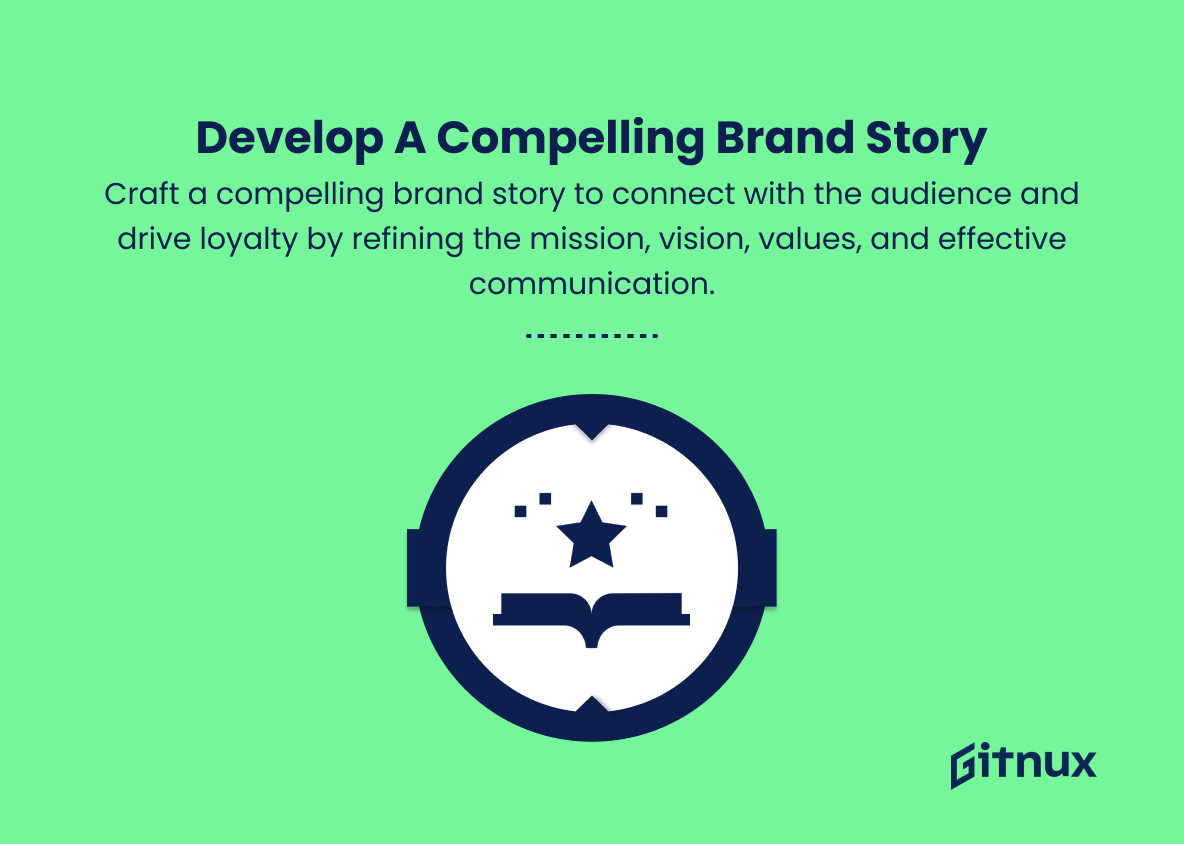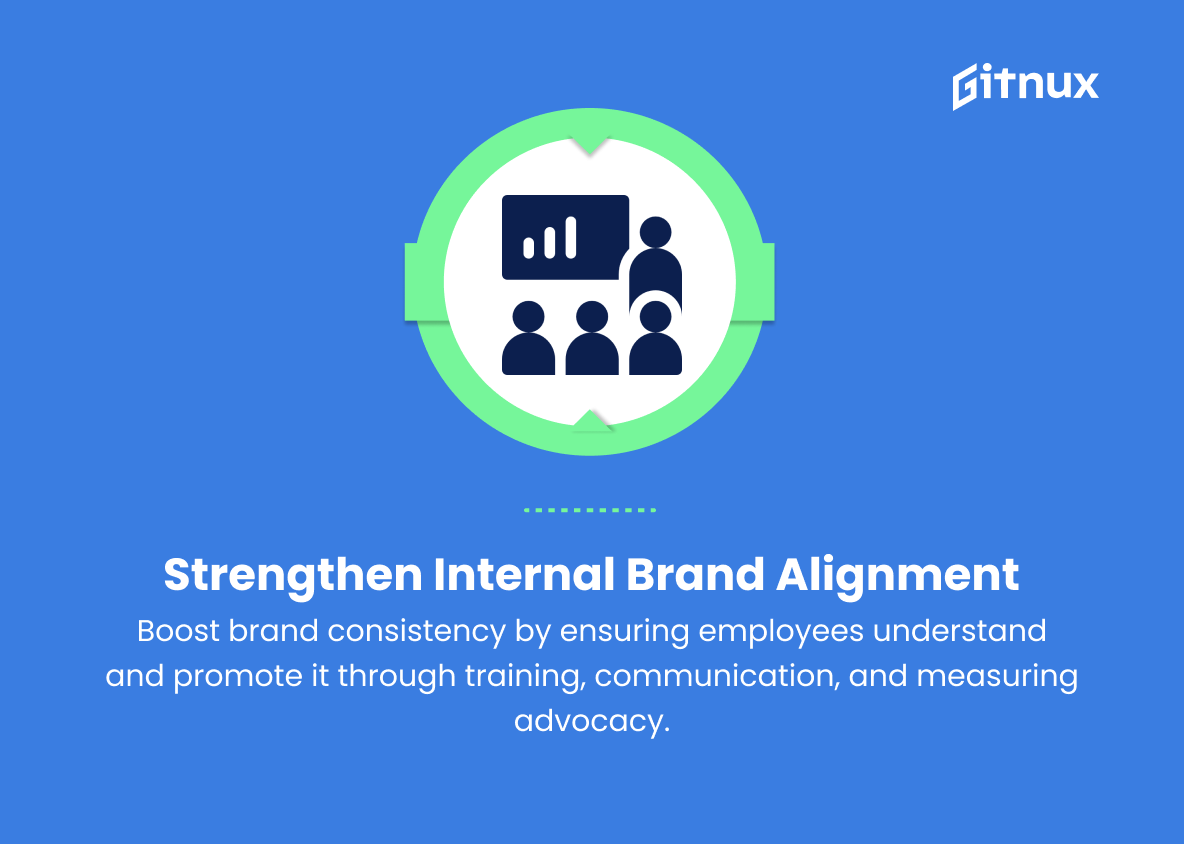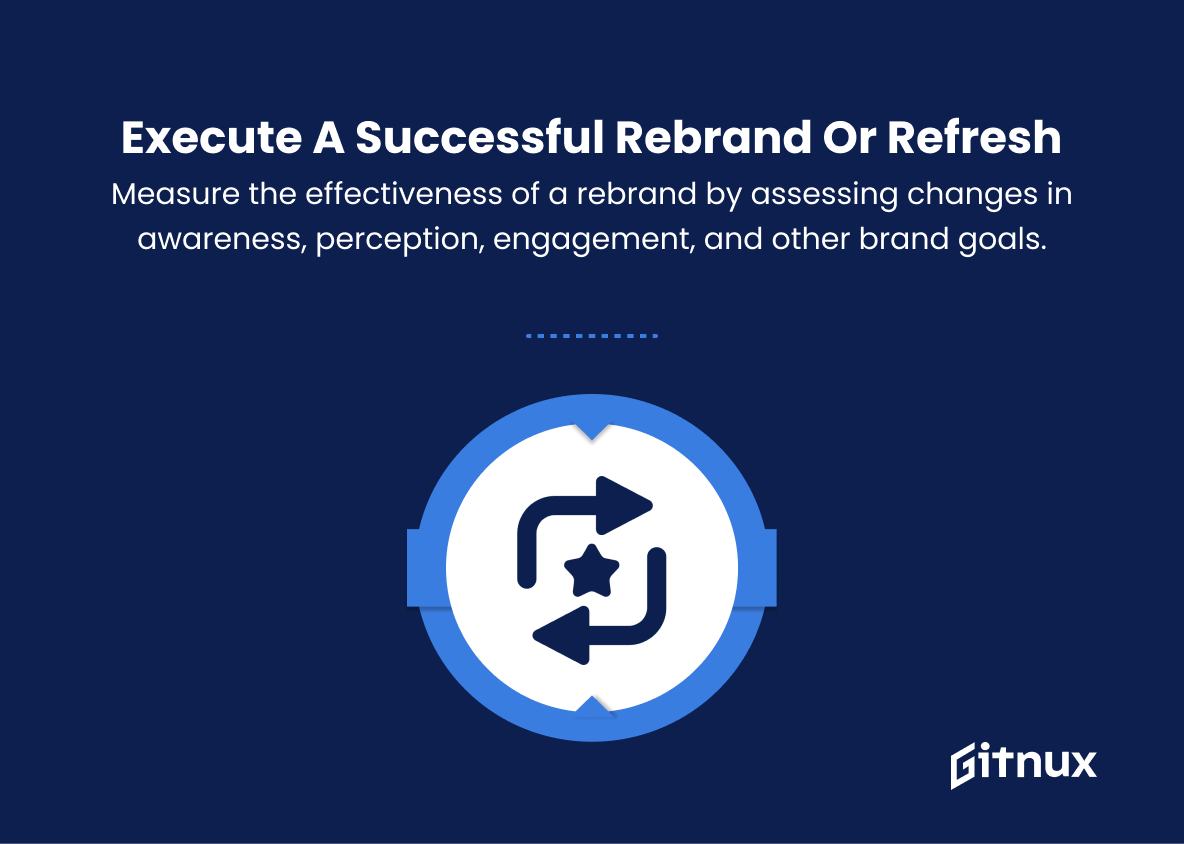In today’s fast-paced and hyper-competitive business world, establishing a strong and coherent brand identity is more crucial than ever. The ability to effectively convey a brand’s unique value proposition, principles, and essence to its target audience can be the decisive factor that sets successful companies apart from the rest. To accomplish this feat, organizations must adopt a strategic and structured approach towards branding. One of the most powerful and dynamic methods to achieve this is through the utilization of Objectives and Key Results (OKRs).
In this insightful blog post, we will delve into the world of Branding OKRs, exploring their significance, construction, and implementation, ultimately empowering you to transform your brand into an influential force within your industry. So, fasten your seatbelts and prepare yourself to embark on a journey that will revolutionize your branding strategy forever.
Branding OKRs You Should Know
1. Increase brand awareness
This OKR aims to make more potential customers familiar with the company’s brand, products, or services. This could be measured by analyzing social media followers, website traffic, or surveying target audience recall or recognition rates.
2. Improve brand perception
This goal focuses on enhancing how the target audience views and values the brand, including its personality, value proposition, and benefits. Key results could involve sentiment analysis of customer feedback, or surveys evaluating brand associations and consumer attitudes.
3. Boost brand engagement
Strengthening connections with customers and fostering audience interaction can help enhance the brand. Metrics for measuring success in this area may include likes, shares, and comments on social media, customer reviews, or new subscriptions to company newsletters.
In today’s fast-paced and hyper-competitive business world, establishing a strong and coherent brand identity is more crucial than ever.4. Increase customer loyalty and retention
Building long-term relationships that encourage repeat purchases or recommendations reflects favorably on the brand. Key results might include improvements in Net Promoter Score (NPS) or customer retention rates.
5. Enhance brand consistency across channels
A consistent brand presence helps reinforce recognition and credibility. Key results for this OKR could encompass evaluating visual and messaging consistency across social media, web, and print materials, and implementing improvements as needed.
The ability to effectively convey a brand’s unique value proposition, principles, and essence to its target audience can be the decisive factor that sets successful companies apart from the rest.6. Strengthen thought leadership and industry authority
Being seen as an expert in the field can elevate the brand’s image. This OKR could be achieved by increasing the number of guest articles published, securing speaking engagements, or producing influential research reports.
7. Expand brand reach
This OKR aims to extend the brand’s visibility to new audiences or untapped markets. Key results could include entering new markets, partnering with complementary brands, or launching targeted marketing campaigns.
8. Develop a compelling brand story
A strong brand narrative can resonate with the target audience, driving emotional connections and loyalty. This OKR can be fulfilled by refining the brand’s mission, vision, and values, and effectively communicating this story to consumers.
9. Improve internal brand alignment and advocacy
Ensuring that employees understand, embrace, and promote the brand helps create a consistent brand experience. Key results for this OKR might include internal training and communication initiatives or measuring employee brand advocacy.
10. Launch a successful rebrand or brand refresh
Established brands might need to evolve or undergo a complete makeover to maintain relevancy. Measuring the effectiveness of a rebrand or refresh can include analyzing changes in awareness, perception, engagement, or other brand-specific objectives.
Branding OKRs Explained
Branding OKRs are crucial for a business as they help in enhancing a company’s identity and setting it apart from competitors in the market. They assist in increasing brand awareness, improving brand perception, boosting brand engagement, fostering customer loyalty, ensuring consistency across channels, and positioning the brand as an authority in its respective industry.
Additionally, branding OKRs aid in expanding the brand’s reach to new audiences, resonating with customers through a compelling brand narrative, strengthening internal alignment and advocacy amongst employees, and successfully launching rebrands or brand refreshes when required. By focusing on these objectives, companies can improve their overall brand health, leading to long-term customer relationships, positive reputation, and ultimately, greater success in achieving the organization’s strategic goals.
Conclusion
In essence, branding OKRs are indispensable for any business looking to establish a strong, consistent, and coherent market presence. By setting clear objectives and measurable key results, companies can effectively track their progress, identify areas for improvement, and ultimately achieve consistent growth. Implementing branding OKRs will not only help organizations stay relevant in this ever-evolving market landscape but also foster collaboration and accountability throughout the business.
By consistently evaluating and refining these OKRs, businesses can continuously strengthen their brand and strategically position themselves for long-term success. Remember, strong branding is not just about representing your company, but rather, it is about creating a meaningful experience that leaves a lasting impact on your audience.
